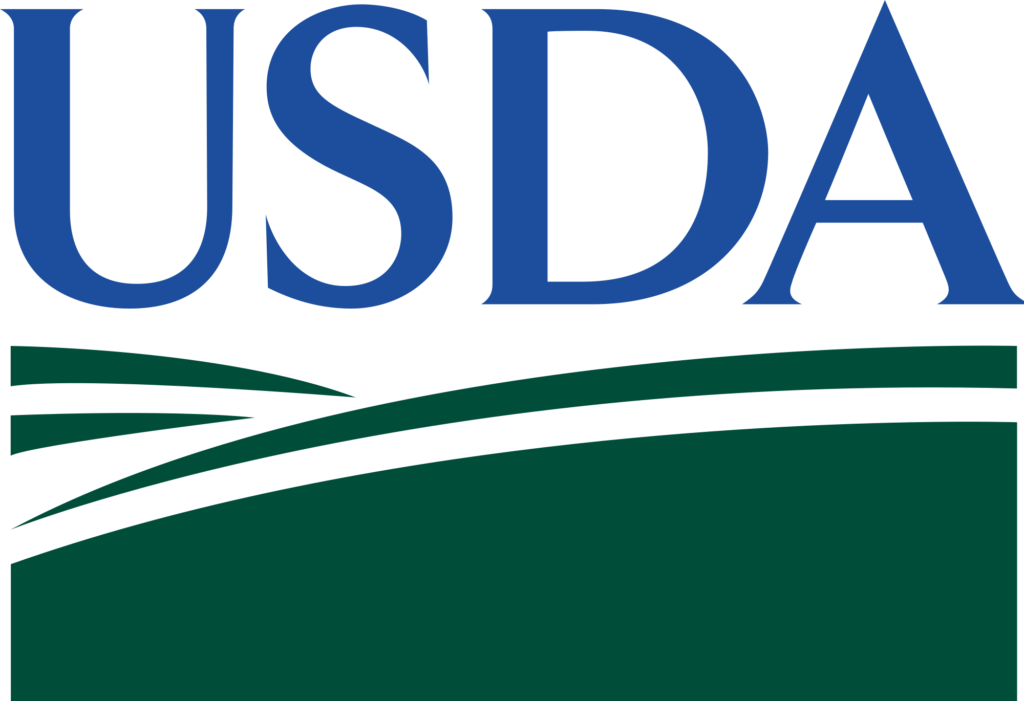The U.S. Department of Agriculture’s Farm Service Agency (FSA) reminds dairy producers that the deadline to enroll in the Dairy Margin Coverage (DMC) program for 2019 is Sept. 20, 2019.

Authorized by the 2018 Farm Bill, the program offers reasonably priced protection to dairy producers when the difference between the all-milk price and the average feed cost (the margin) falls below a certain dollar amount selected by the producer.
“Over 19,100 operations have signed up for DMC since the new program opened enrollment on June 17,” said FSA Administrator Richard Fordyce. “DMC is a great risk management tool that protects against narrowing margins caused by down turns in the market and increased feed costs. I encourage farmers who have not yet enrolled to sign up as soon as possible.”
As the 2019 enrollment period draws to a close, FSA estimates over $257.7 million in payments to producers who are currently registered. Also, nearly half of the producers are taking advantage of the 25 percent premium discount by locking in for five years of margin protection coverage. FSA has launched a new web visualization of the Dairy Margin Coverage Program data, which is available here.
Margin payments have triggered for each month from January through July. Dairy producers who elect higher coverage levels could be eligible for payments for all seven months. Under certain levels, the amount paid to dairy farmers will exceed the cost of the premium.
For example, a dairy operation that chooses to enroll for 2019 an established production history of 3 million pounds (30,000 cwt.) and elects the $9.50 coverage level on 95 percent of production will pay $4,275 in total premium payments for all of 2019 and receive $15,437.50 in DMC payments for all margin payments announced to date. Additional payments will be made if calculated margins remain below the $9.50/cwt level for any remaining months of 2019.
Enrollment for 2020
For 2020, dairy producers can sign up for coverage under DMC beginning Oct. 7 through Dec. 13, 2019. At the time of signup, dairy producers can choose between the $4.00 to $9.50 coverage levels.
DMC offers catastrophic coverage at no cost to the producer, other than an annual $100 administrative fee. Producers can opt for greater coverage levels for a premium in addition to the administrative fee. Operations owned by limited resource, beginning, socially disadvantaged or veteran farmers and ranchers may be eligible for a waiver on administrative fees. Producers have the choice to lock in coverage levels until 2023 and receive a 25-percent discount on their DMC premiums.
Producers who locked in coverage in the 2019 sign-up must certify the operation is producing and commercially marketing milk and pay the annual administrative fee during the 2020 enrollment period.
To assist producers in making coverage elections, USDA partnered with the University of Wisconsin to develop a DMC decision support tool, which can be used to evaluate various scenarios using different coverage levels through DMC.
2019 Retroactive Intergenerational Transfers
Participating dairy operations who had an intergenerational transfer between 2014 and 2019 will a have a one-time opportunity to increase their established production history during the 2019 and 2020 annual coverage election periods. Retroactive payments based on the increased production history will apply for 2019 and not prior years.
A dairy operation may add to their approved production history for an intergenerational transfer when a spouse, child or grandchild join a participating dairy operation. Non-lineal relatives, such as siblings, cousins, nieces or nephews, that join the operation will not be eligible for a production history increase.
The increase to the established production history of the participating dairy operation will be determined based on multiplying both the national rolling herd average data for the current year in effect at the time of the intergenerational transfer and the quantity of cows purchased by the joining family member within 60 days of joining the dairy operation. For an intergenerational transfer to be recognized by FSA, the requesting dairy operation will meet all eligibility requirements including an ownership provision for those entering the business.
Applications for an intergenerational transfer must be submitted by Dec. 6, 2019, for approval by the local FSA county committee, to be eligible for the increased production history effective on January 1, 2019.
More Information
On December 20, 2018, President Trump signed into law the 2018 Farm Bill, which provides support, certainty and stability to our nation’s farmers, ranchers and land stewards by enhancing farm support programs, improving crop insurance, maintaining disaster programs and promoting and supporting voluntary conservation. FSA is committed to implementing these changes as quickly and effectively as possible, and today’s updates are part of meeting that goal.
For more information, visit farmers.gov DMC webpage or contact your local USDA service center. To locate your local FSA office, visit farmers.gov/service-locator.
Refresher on the DMC Program:








